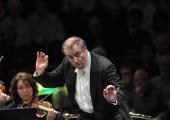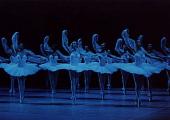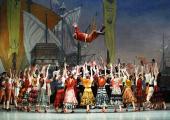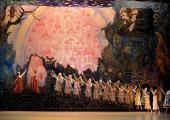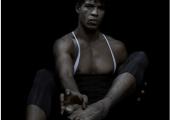Degas and the Ballet: Picturing Movement, Royal Academy
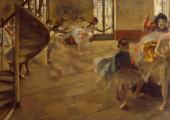
An exquisite draughtsman, yes, but a supreme colourist too, as this wonderful show reminds us
A beguiling shadow play greets and enchants on arrival: the silhouettes of three ballerinas, each performing an arabesque, are cast upon the wall as you enter. The effect, as their softly delineated forms dip and slowly rotate, is mesmerising. It’s also an apt opener to an exhibition devoted to exploring how Degas strove to achieve a sense of fluidity and movement in his paintings of dancers, a subject for which he is chiefly known.



